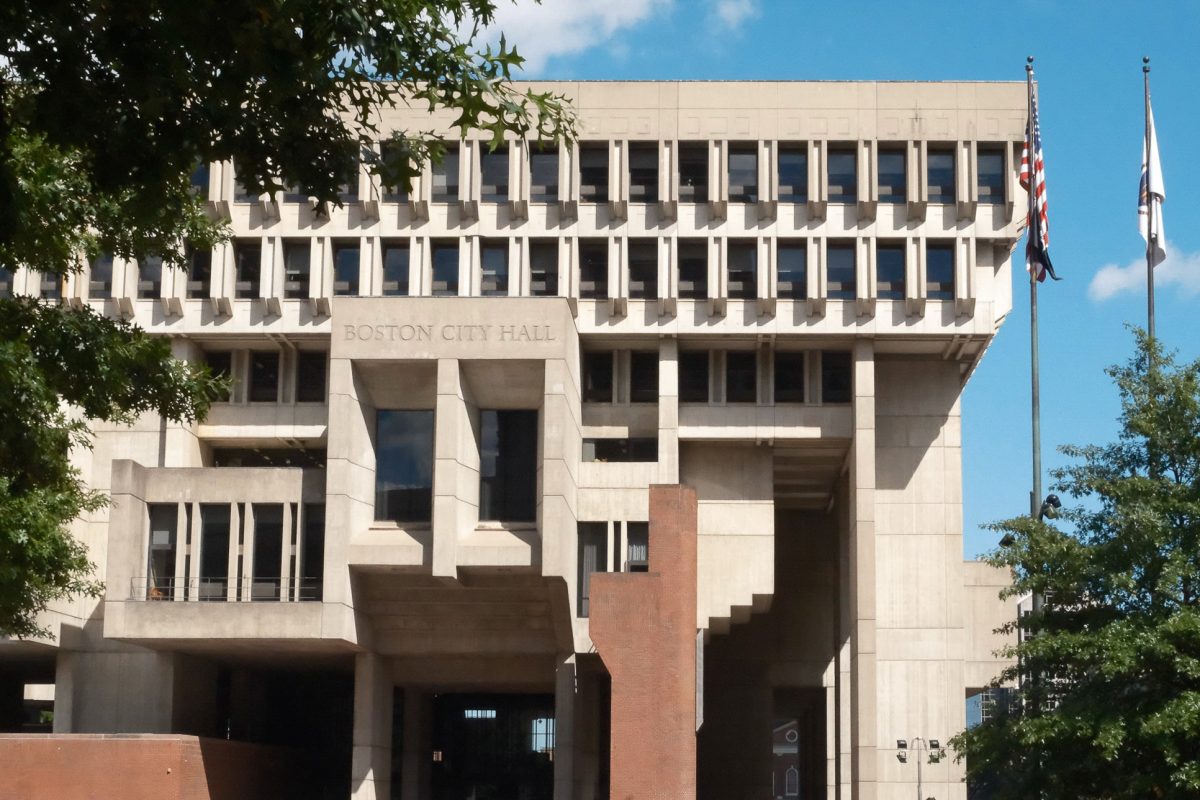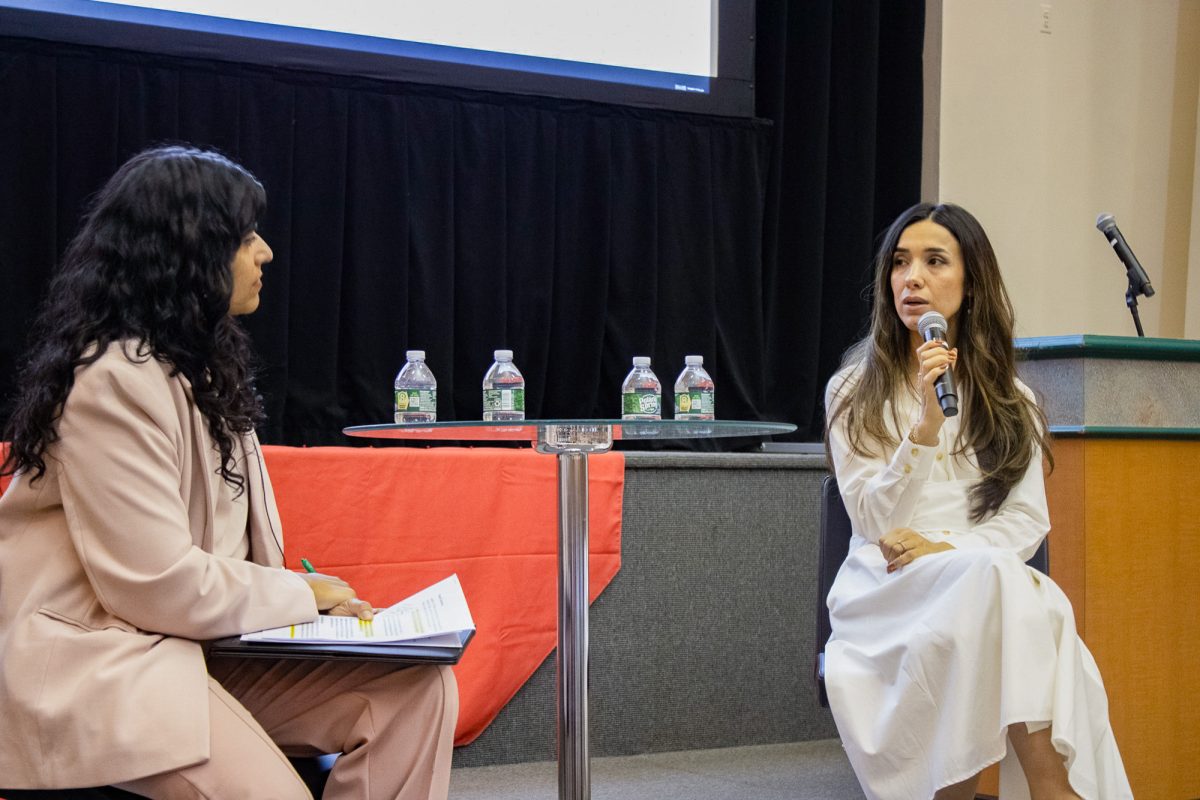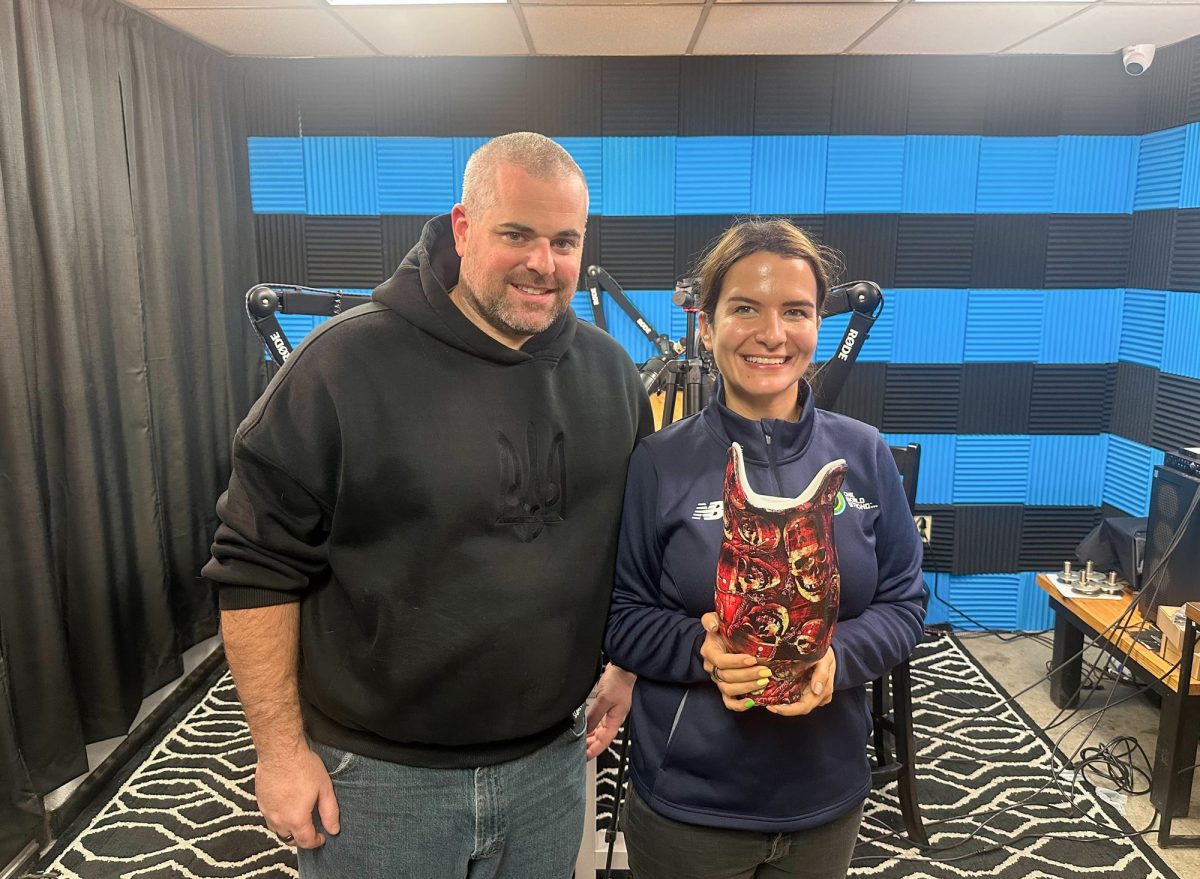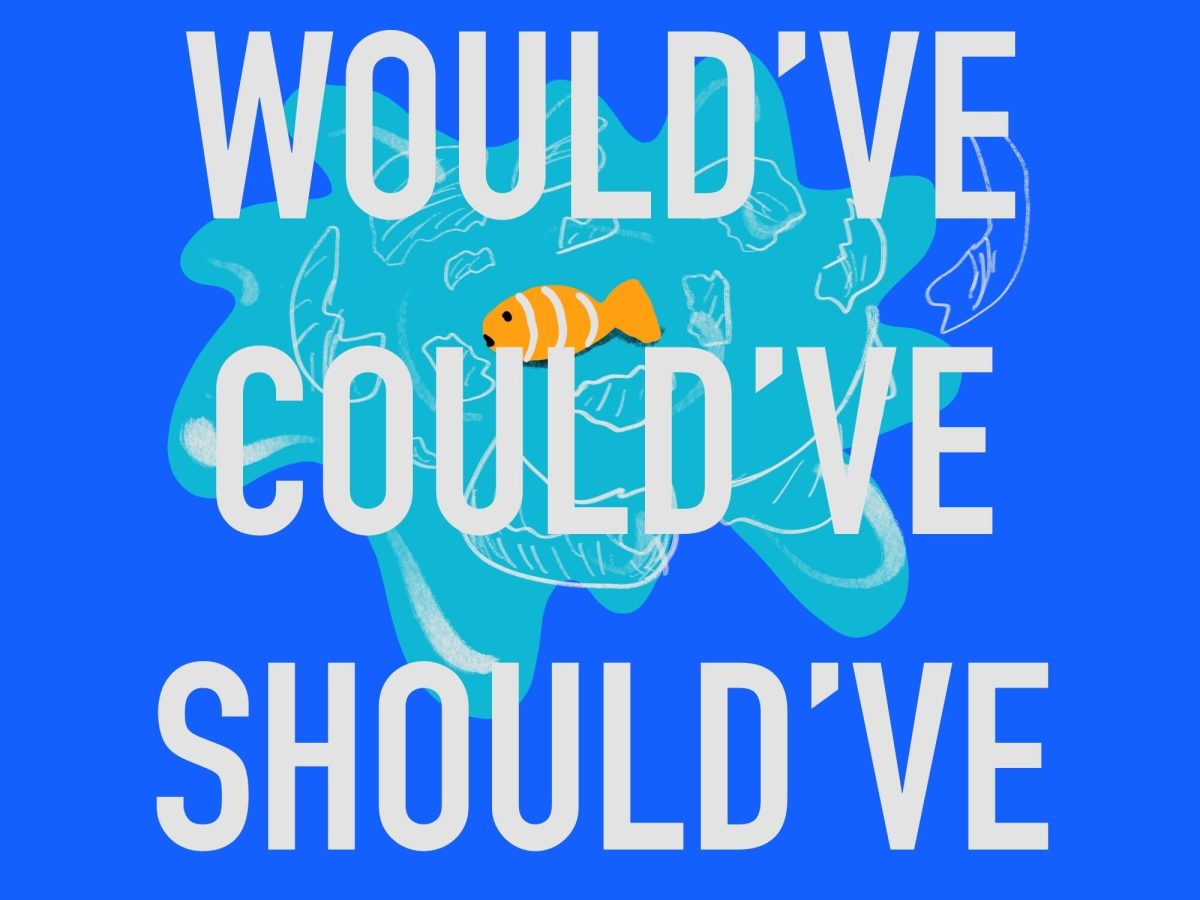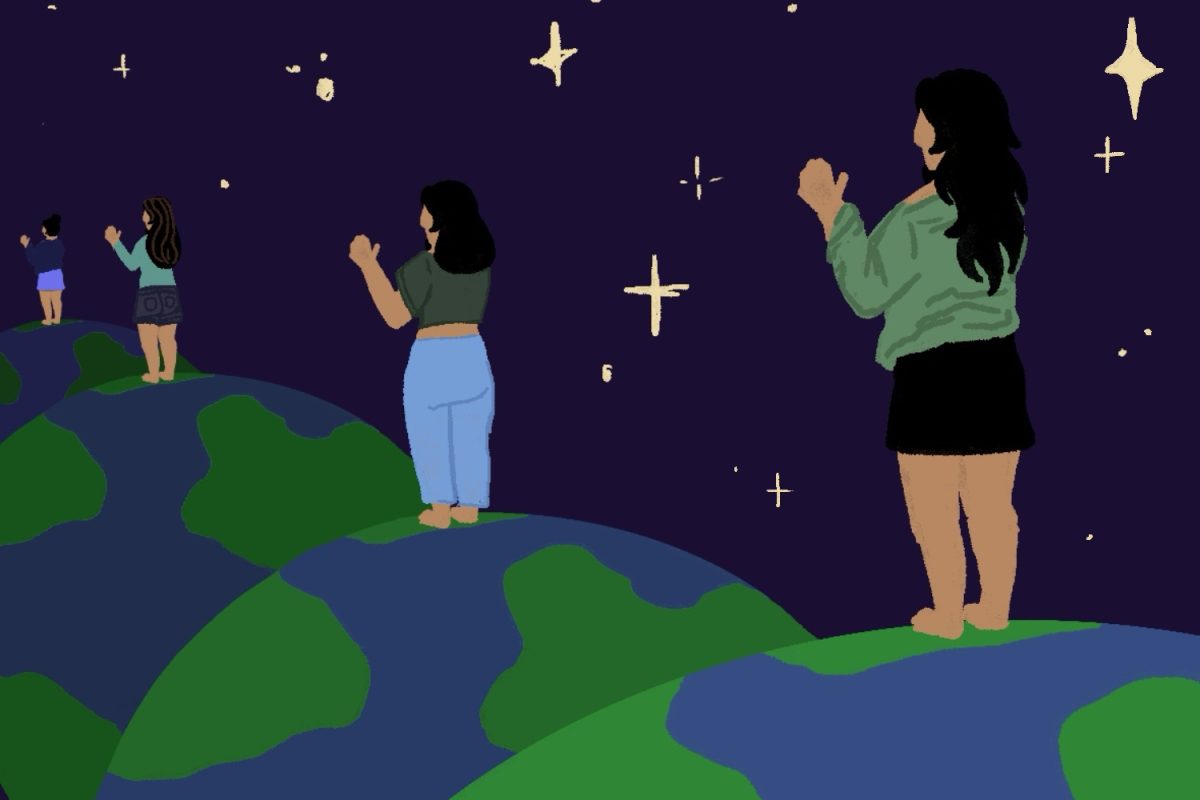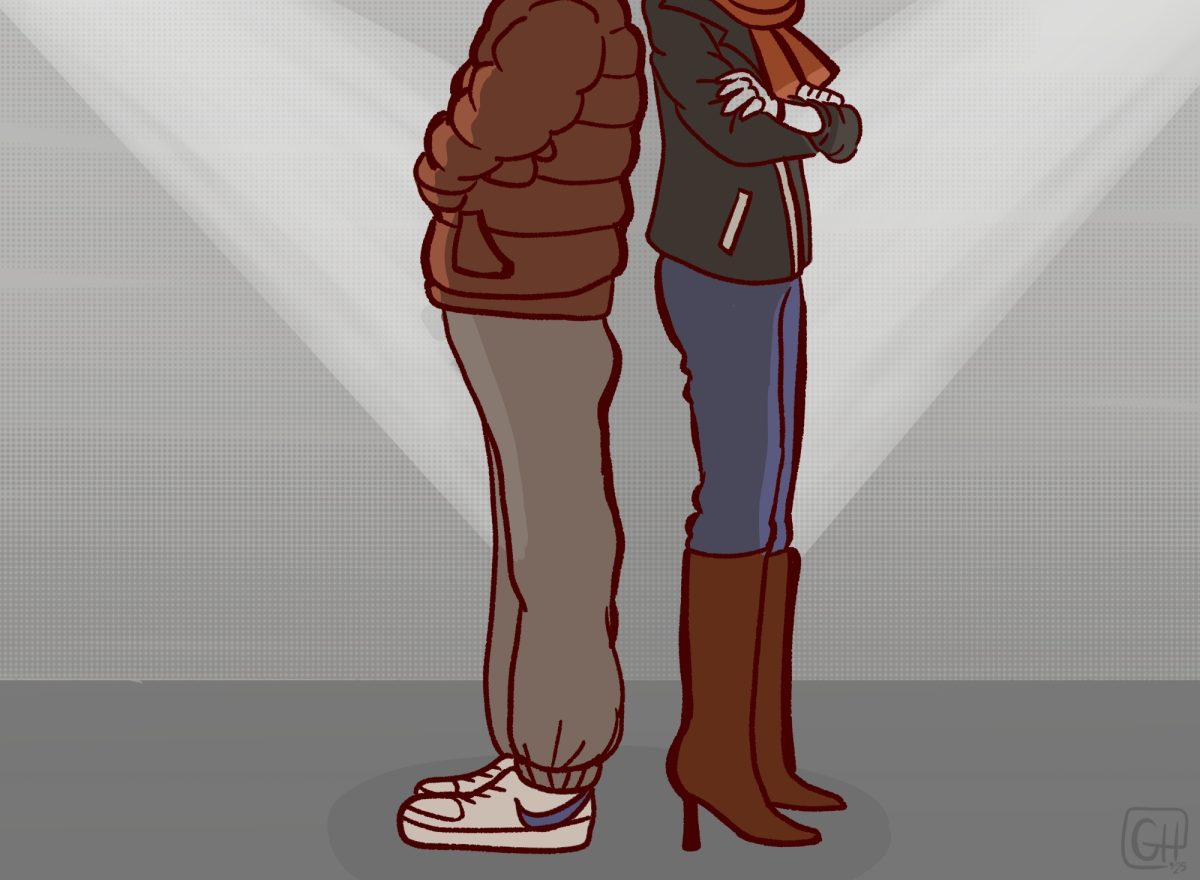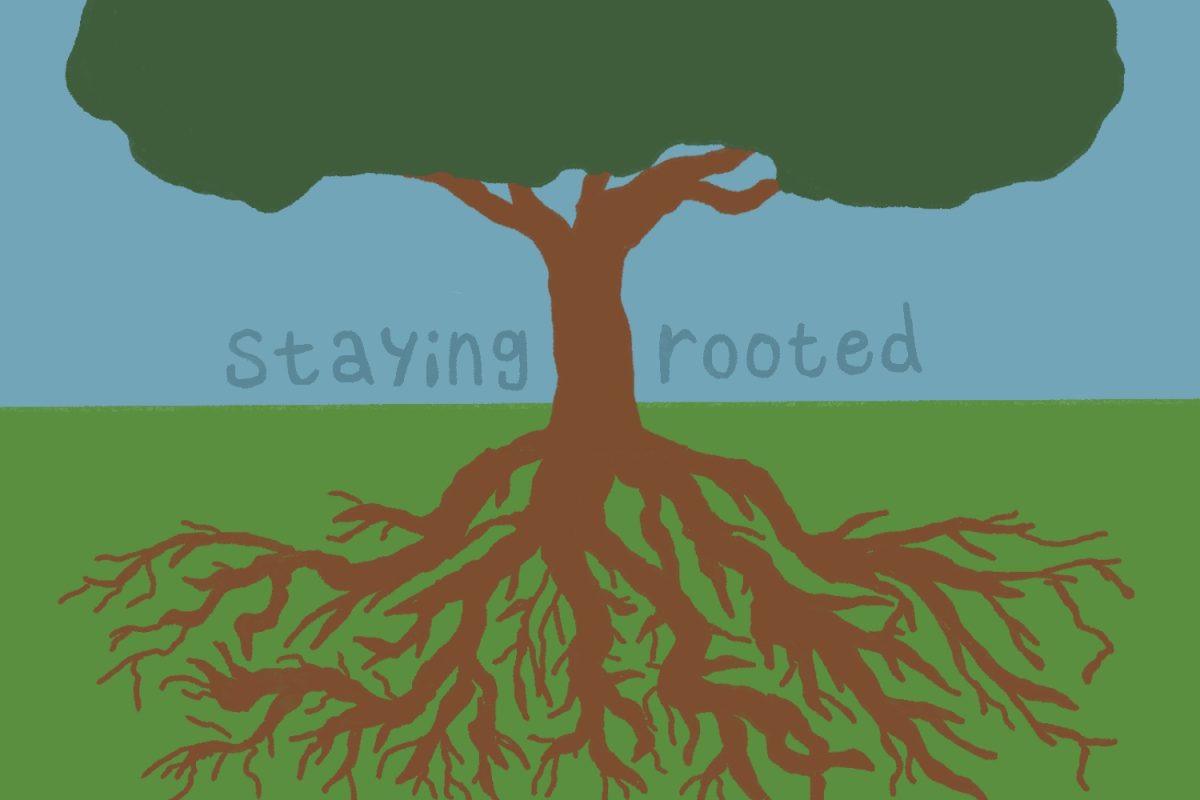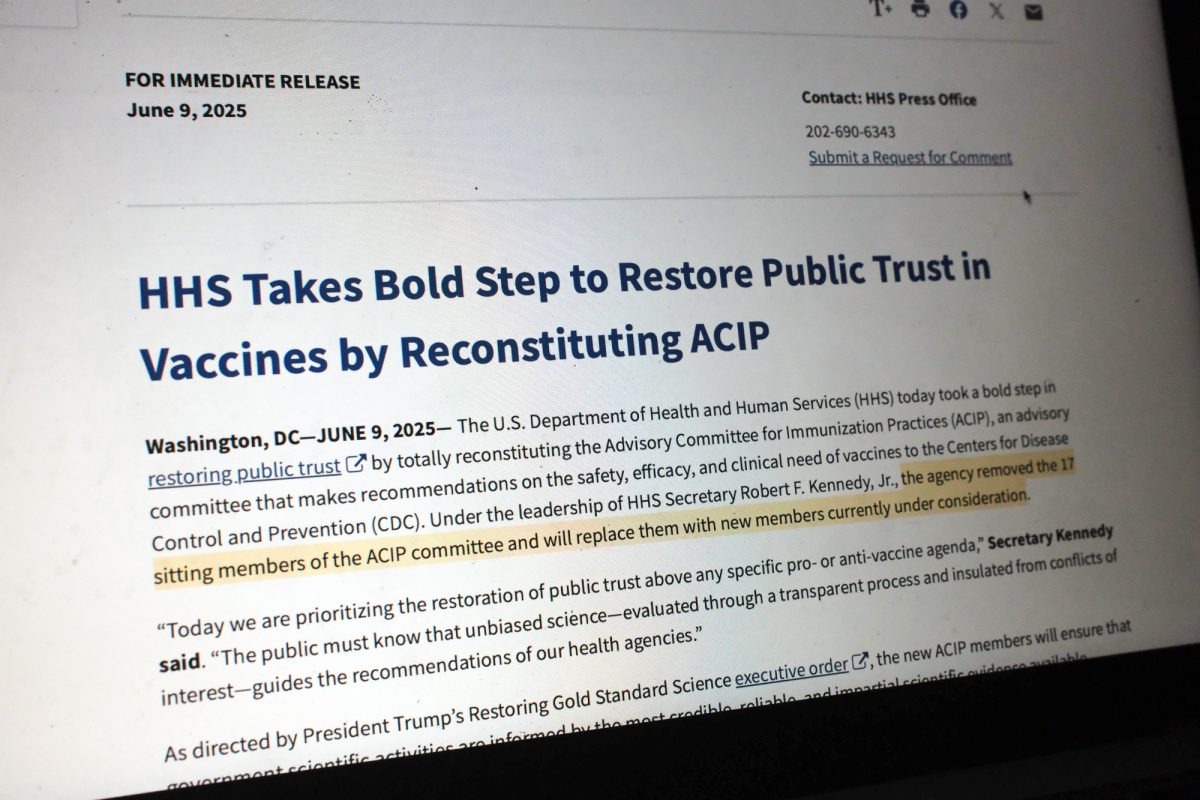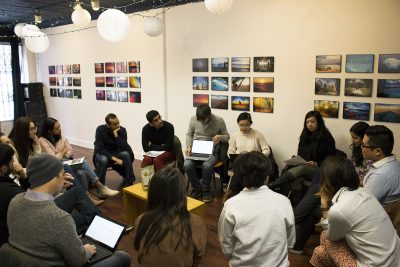
The International Genetically Engineered Machine Street Bio team, a community lab of researchers and scientists, recently developed an award-winning record player called Biota Beats. It converts information from human microbiota — bacteria that live on our bodies — and turns it into music, a language most people can understand.
The team talked about Biota Beats at the East Meets West Bookstore in Cambridge on Sunday.
“This project is a really awesome convergence of art, biology and design,” said David Kong, a member of Street Bio and the founding director of EMW, a community center that empowers communities through art and technology. “Everybody understands music. Everybody has a feel for music.”
Biota Beats is a record player that holds an acrylic petri dish separated into five sections. Plated with human bacteria cultures, each section of the dish holds microbiota from a different part of the body. A heated incubator is placed under the dish to sustain the bacterial growth, and a still image is taken of the colonies and translated into sound, using a coded algorithm.
Colony position, density and size determine what sound is produced, according to the Biota Beats website. The team decides the tone for each type of colony, then adds a beat in the background to create a piece of music.
“There’s a huge amount of creativity because you can make whatever type of music that you want,” Kong said. “If you listen to someone’s microbiota that’s represented on a plate, you can be like, ‘Oh, he’s got a lot of toe growth.’”
Kong said he believes the “music of your body” gives microbiota a form of communication and teaches the public about life forms that even scientists know little about, given their diversity and abundance.
Street Bio also incorporated four modes of interaction for the microbial record. Currently, Biota Beats can operate in the mixing and incubate modes, but future work will add sequencing and scratching.
Alexandria Guo, a member of Street Bio and a Wellesley College sophomore who studies computational biology, said the overarching theme of Biota Beats is its design and combination of science and art.
“It’s a ‘hardware-meets-wetware-meets-software’ project,” Guo said, emphasizing the different disciplines involved and the motifs of the project: community, transfer and exchange of information and life in all of its forms.
Biota Beats also attempts to help people better understand the random nature of gene expression, cellular changes and bacterial evolutions, according to its website. Street Bio hopes to discover how location, density and quantities of these organisms can help clinicians and the public understand disease trends.
Further research and collaborations with community scientists could help Street Bio accomplish their goals of representing growth of cultures through audio, showing real-time tracking of colonies and converting a video of the growth into sound.
“One of the greatest values of this project is engaging people who otherwise may not be interested in this part of the world,” said Jennifer Talbot, a biology professor at Boston University who researches microbial ecology. Talbot said Street Bio is a great initiative to raise awareness of the diverse organisms we live with.
She added that little is known about how fast microbes grow. When microorganisms colonize a host, they produce pigments. If Street Bio can set different tones to different colors, we might be able to learn about their growth and, on a larger scale, their influence on the human body.
Talbot raised a concern about the subjective process of setting tones for bacterial cultures.
“The sound that people hear will color their feelings and thoughts about these different taxa,” she said. “They are responsible for the image people are creating in their minds.”
Street Bio hopes to continue researching and incorporating biology and art into everyday life, Kong said. He also talked about making their work more impactful given what’s happening today, namely the war on science.
“We all need to zoom out right now,” Kong said, “and look at our work and contextualize it in a societal framework and ask ourselves: why are we doing what we’re doing.”

